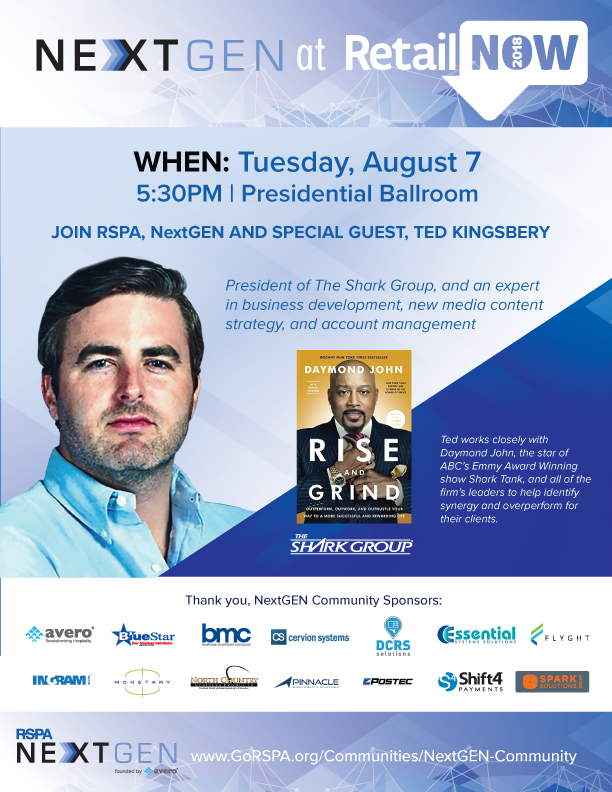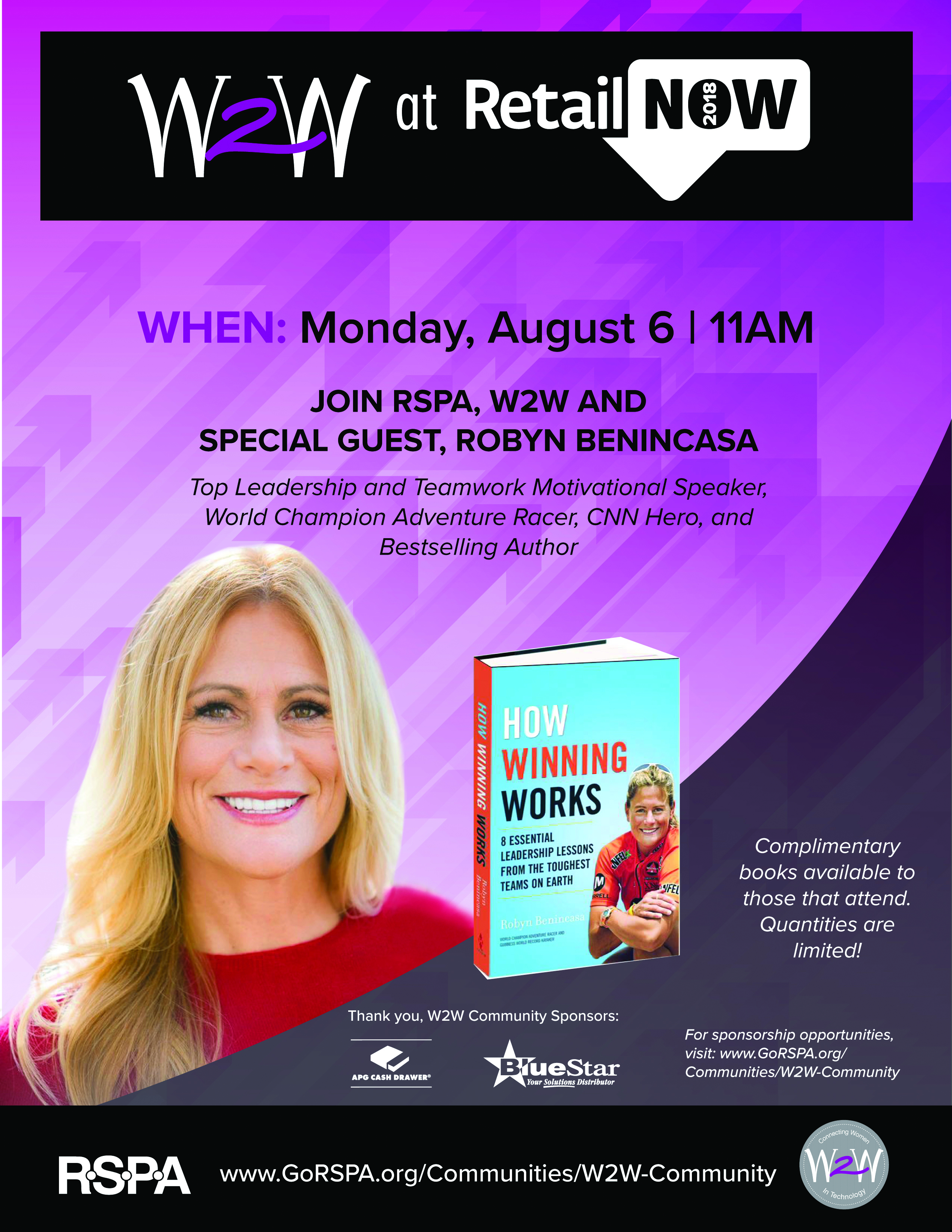By: Elie Y. Katz, President & CEO, National Retail Solutions (NRS)
In today’s on-demand economy, the pressure for small convenience stores to add delivery service has never been greater. But before you rush to join the delivery revolution, it’s crucial to determine whether this strategy will strengthen your business or stretch it too thin. This decision could mean the difference between thriving and surviving in an increasingly competitive market.
When Delivery Becomes Your Secret Weapon
The neighborhood advantage can’t be overstated. Small stores located in dense residential areas enjoy a natural competitive edge. When your customers are concentrated within a 1-2 mile radius, your drivers make more deliveries per hour, dramatically improving profitability. This proximity creates a virtuous cycle where efficiency leads to faster service, which attracts more local customers.
Your product selection plays a pivotal role in delivery success. Stores carrying higher-margin items that travel well—specialty beverages, packaged snacks, and household essentials—generate healthier delivery economics. These products maintain quality during transport and justify the convenience premium customers expect to pay.
Staffing flexibility offers a significant advantage. Those predictably quiet periods when your store sees minimal foot traffic become perfect opportunities to redeploy existing staff for delivery runs. This approach leverages your resources without requiring additional hiring, maximizing revenue during slow periods.
Perhaps most valuable is the community connection that small stores foster. While national chains invest millions in marketing, your customers already know and trust you. This relationship translates to loyalty that big box retailers can only dream of achieving, often resulting in larger average orders and higher retention rates.
When Delivery Becomes a Costly Distraction
Location challenges can quickly undermine delivery economics. Stores primarily serving highway travelers or in sparse residential areas face a fundamental obstacle: too much driving time between deliveries. When drivers spend more time on the road than making deliveries, the math rarely works in your favor.
Age-restricted products introduce compliance complications that can overwhelm a small operation. Stores heavily dependent on tobacco, alcohol, or vape sales must navigate complex ID verification requirements that add time, liability, and operational complexity to each transaction.
Staff capacity represents another critical consideration. If your team struggles to manage in-store operations, adding delivery responsibilities risks deteriorating the customer experience on both fronts. The result can be a lose-lose situation where neither in-store nor delivery customers receive adequate attention.
Margin structure often determines whether delivery makes financial sense. The convenience industry’s notoriously thin margins leave little room for experimentation. Delivery requires financial cushioning that many small stores don’t have, especially when factoring in additional insurance, fuel costs, and potential technology investments.
Physical limitations create practical barriers for many stores. Without adequate parking, storage space, or dedicated staging areas, even modest delivery volume can create operational bottlenecks that frustrate customers and staff alike.
Making the Smart Choice
Successful store owners make data-driven decisions rather than blindly following industry trends. Start by surveying your customers to gauge genuine demand for delivery. Their enthusiasm (or lack thereof) provides valuable insight into potential adoption rates.
Test the waters with limited delivery hours during your slowest in-store periods. This approach allows you to evaluate operational impact with minimal risk to your core business.
Consider partnership opportunities with existing delivery platforms that serve your area. These collaborations can provide immediate infrastructure without requiring significant upfront investment, though they typically claim a percentage of each transaction.
Most importantly, trust your instincts about your specific business circumstances. The right choice for the convenience store across town might be entirely wrong for yours, depending on your customer base, location, product mix, and operational capacity.
The delivery decision isn’t about following trends—it’s about making a strategic choice that aligns with your store’s unique position in the market. By carefully weighing these factors, you’ll make an informed decision to strengthen your competitive advantage rather than undermine it.



